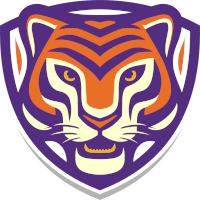|
Replies: 5
| visibility 552
|
Top TigerNet [32222]
TigerPulse: 100%
55
|
Early Jerusalem

4
May 5, 2024, 12:23 AM
|
|
Today, Jerusalem is a modern city of one and a quarter million people.


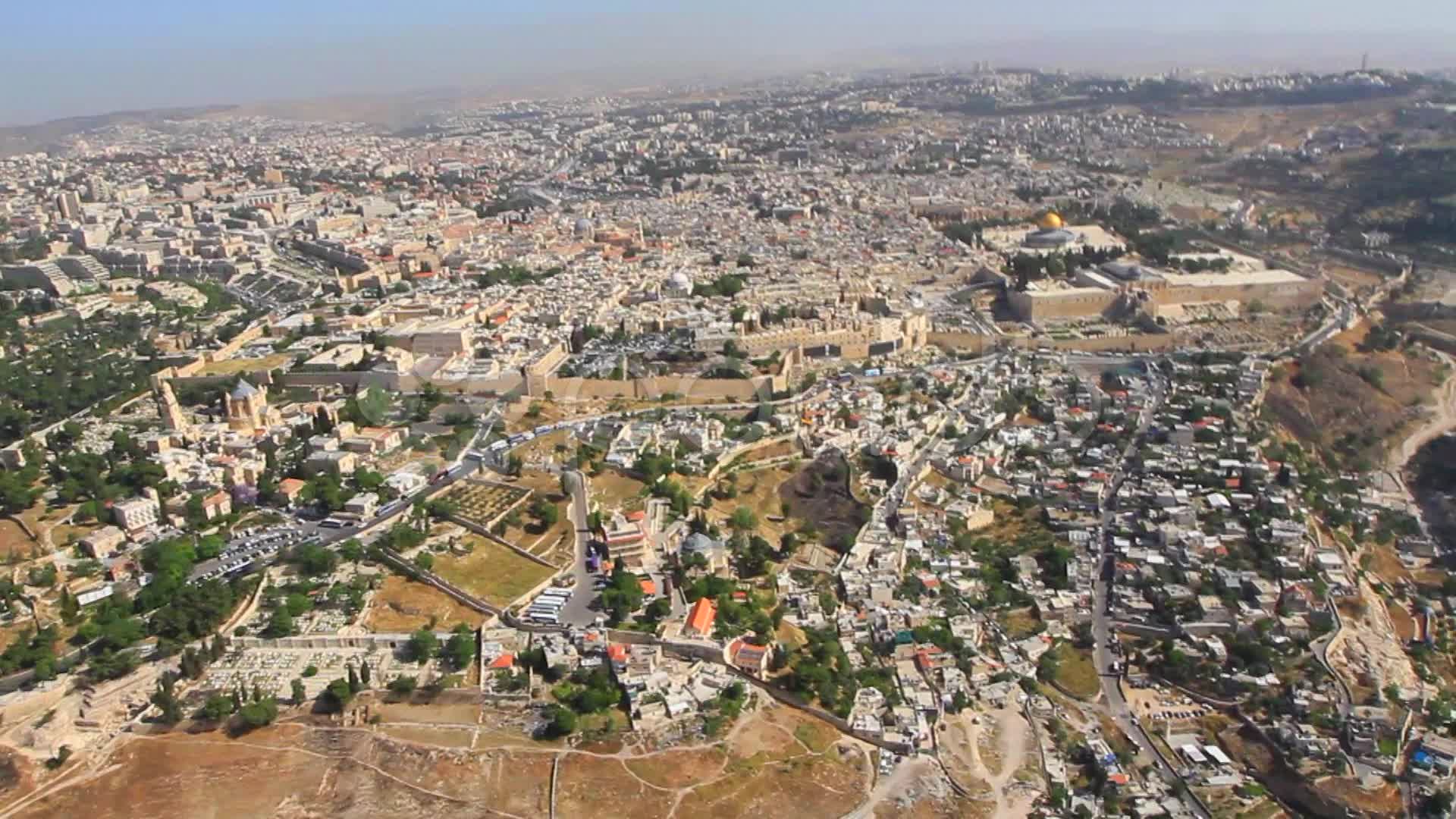
She’s come a long way, baby.

Because more than 3000 years ago, Daughter Jerusalem was just a gurgling spring, and that was about it.

Zechariah Chapters 9 through 14 talk a lot about Jerusalem, sometimes in very specific terms, and so it’s helpful to know a little of the history and layout of the city to understand what exactly Zechariah was talking about.

One of the first projects my freshman class had at Clemson was to research the history of our own hometowns. And towns spring up for a lot of reasons…rivers, commerce, railroad watering stops, natural resources, proprietor decrees, all sorts of reasons. But in the case of ancient Jerusalem, it was water. Cool, clear, water.

The Bible tells us that David was anointed to be king of Unified Israel at Hebron in about 1000 BCE. He must not have cared much for Hebron, though, because soon enough he set his sights on a rinky-dink little settlement about 15 miles up the road called Jebus.
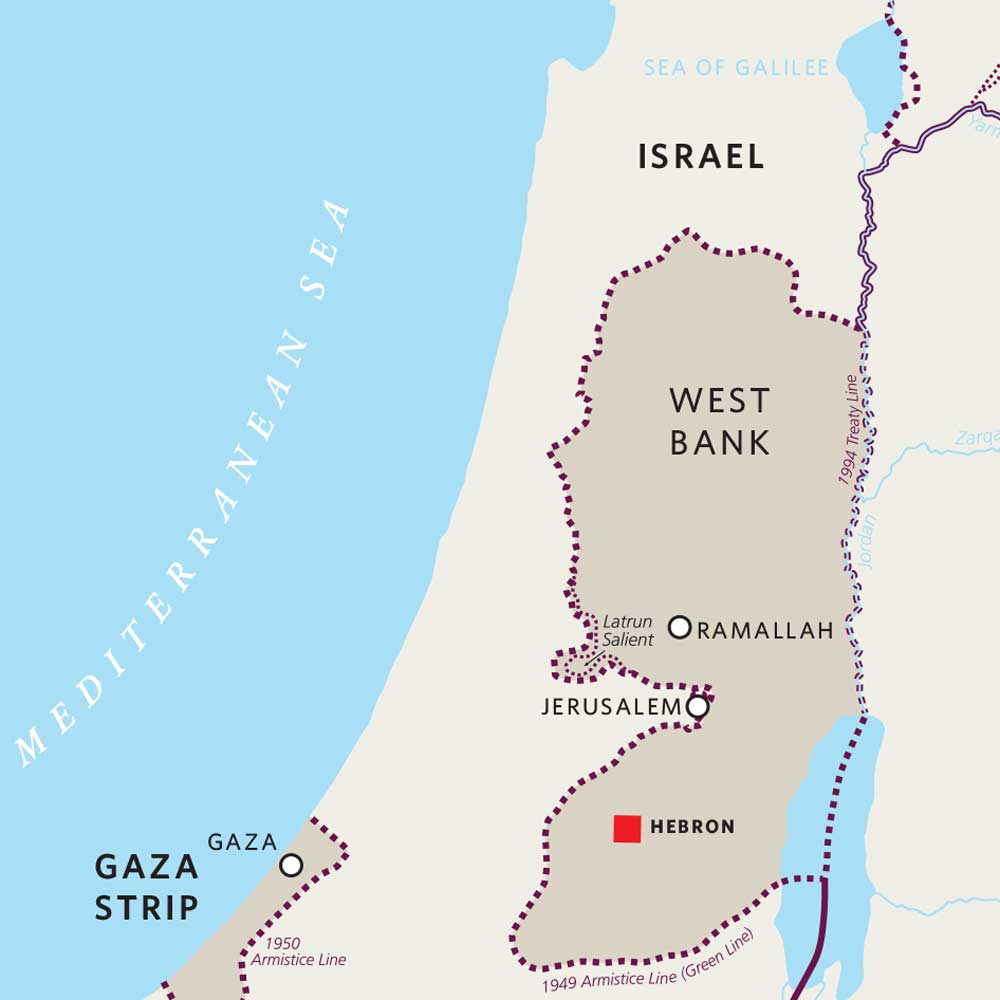
Jebus was a real back-water. With the emphasis on WATER. In that case, a spring in the side of a cliff wall called the Gihon Spring. Just to the left of where the En Rogel well is on this map. About where the ‘N’ is in Zion.

Access to the Gihon Spring. Believe it or not, there’s water down in there.

In time, once David cleared those pesky Jebusites out of Jebus, the village became known as Jerusalem. And so if there’s one single reason that ancient Jerusalem existed, it was because of that precious water source in the Judean Desert, the Gihon Spring.

But ancient Jerusalem had another thing going for it, too. It was surrounded on two out of three sides by deep valleys; the Central (Tyropoeon) Valley and the Kidron Valley. So it was sort of like a solid rock peninsula; a natural tower with high, high walls. Very defensible.
Jebus is that rock escarpment the red line is pointing to.

Here it is on its side.

So, David called his friends up the coast in Tyre, and they sent him some cedars and stonemasons to make himself a nice palace in his new capital city. And so Jerusalem became the City of David. The very, very, tiny City of David. About 12 acres worth of city.


David’s city was high up on a cliff, but it had an Achilles heel. The Gihon Spring, the lifeline for Jerusalem, wasn’t inside the city walls. It was outside the walls, in the side of the cliff down below. David fortified the spring opening, but if an attacker took the spring, the city would die of thirst. And that was a glaring vulnerability for a long time.
It might have looked like this.


Now, that tower protecting the spring might look safe, until an attacker rolls a battering ram right up beside it. Then the stone blocks come tumbling down.

A battering ram can’t roll up a cliff, but sadly, there’s no spring on top of the cliff. So that was the best David could do. And it was good enough. The city grew. Here’s that stepped stone structure from David’s time, a couple of illustration above, as it appears today. David’s palace was at the top, and the Gihon Spring is at the bottom.

Jerusalem grew so much during that time that either God, or Satan, or both, asked David to conduct a census.
2 Sam 24:1 “Again the anger of the Lord burned against Israel, and he incited David against them, saying, “Go and take a census of Israel and Judah.”
1 Chron 21:1 “Satan rose up against Israel and incited David to take a census of Israel.”
Regardless of whoever actually tasked David with the Devil’s work of taking a census, God got angry about it, and gave David a choice of three punishments; famine, invasion, or plague.
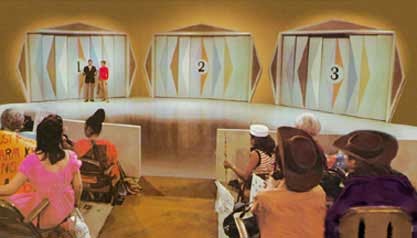
David chose plague, but just as God’s angel was about to unleash a pox on tiny Jerusalem, God relented. The spot where the angel landed happened to be the threshing floor of a Jebusite named Araunah, and God told David to buy the spot and put an altar on it. Which David did.
2 Sam 24:18 “…Go up and build an altar to the Lord on the threshing floor of Araunah the Jebusite.”
Here’s the spot, also known as Mount Moriah, or the Temple Mount, with David’s city in the background.


And a few years later, David’s son Solomon built the very first Jewish Temple on the spot of that altar. And Jerusalem grew up around it.



Luckily, David and Solomon never had to worry about invaders. At this point in history, they were the invaders, consolidating the Hebrew’s victories over the Canaanites and other locals.

But if we flash forward a few hundred years, to 700ish BCE, King Hezekiah of Judah wasn’t so lucky. He faced the prospect of having to fight the unstoppable juggernaut of the Assyrian Empire. And by the time he did it, his land was reduced down to basically the city of Jerusalem itself.
King Hezekiah had Assyrians above, beside, and below him. And the Dead Sea in his rear. Gulp.

But Hezekiah was a pretty smart cat. And one of the best Kings Judah ever had. For the Bible tells me so…
2 Kings 18:5 “There was no one like him among all the kings of Judah, either before him or after him.”
Hezekiah saw the writing on the wall (even though that phrase didn’t exist until the later Book of Daniel), and so he made preparations for the worst.

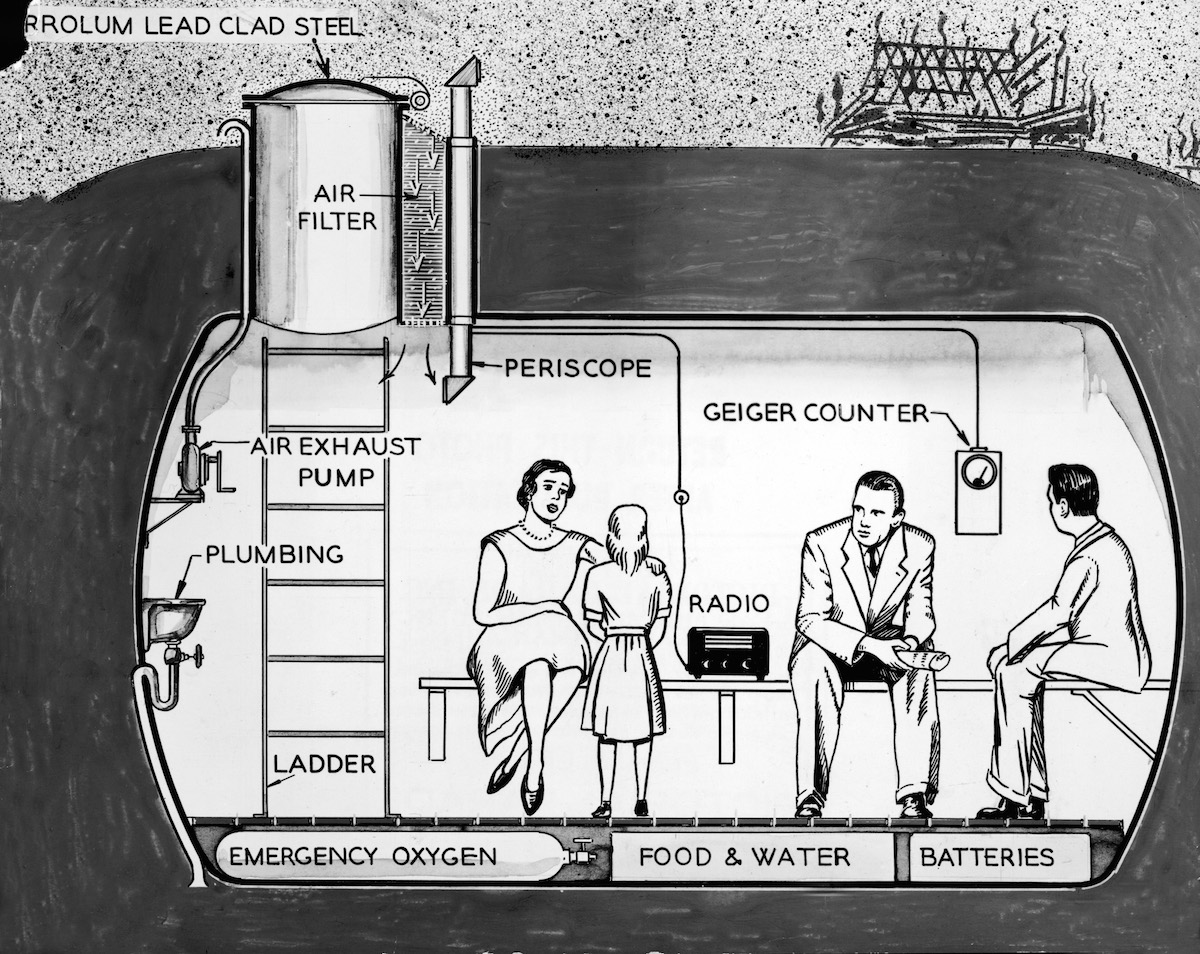
The first thing Hezekiah did was secure his water supply problem. The problem with the Gihon Spring had always been double jeopardy. If Jerusalem lost it, not only did they not have it, but the enemy gained it. So that’s double bad. So Hezekiah orchestrated one of the most amazing emergency shelter engineering feats in the entire ancient world to fix the problem.

He carved a tunnel through solid rock, over six football fields long, under the city of Jerusalem.



With only a 12” elevation difference between the two ends.
How did he do it? Who the hell knows.

Then, Hezekiah expanded his city wall to defend the new water outlet, called the Pool of Siloam, and the adjacent Mount Zion and everyone who lived there.

So the city water supply was at almost the same level, just on the other side of town, and safely behind the city walls, forever, now.
The Pool of Siloam

That allowed Hezekiah to seal off the Gihon Spring entry that had served Jerusalem for centuries outside the city walls, and keep it from falling into the hands of any besieging enemies. So while the besiegers died of thirst, the Jews could now party on in safety.

Anywhere there are walls, there are gates, and Jerusalem had quite a few. On the north side of the city, and adjacent to Judah, was the tiny tribe of Benjamin. So, Hezekiah called his north gate the Benjamin/Sheep Gate. Where his wall took a sharp bend around a corner, he installed the Corner gate. And so on. That might not seem important now, but it will be in the next post. Because depending on how many gates are mentioned, we can maybe tell how large the city was, and so when the text was written.

Jerusalem kept on growing, but for now, those few bits of urban planning history might help us crack and understand the hard nut that is Zechariah Chapters 9-14. And so that’s where we’ll pick up, next time.



|
|
|
|
 |
Ultimate Clemson Legend [103196]
TigerPulse: 100%
64
Posts: 99153
Joined: 2009
|
Re: Early Jerusalem

2
May 5, 2024, 7:07 AM
|
|
"With only a 12” elevation difference between the two ends.
How did he do it? Who the hell knows."
If he only had water he would have a natural water level. I imagine the tunnel diggers eventually had wet feet.
|
|
|
|
|
 |
Top TigerNet [32222]
TigerPulse: 100%
55
|
Re: Early Jerusalem

1
May 5, 2024, 10:23 AM
|
|
That’s a great point 88. I think the vertical tolerance could have surely been done that way. Twelve inches over 600 yards is a mighty shallow slope, but water always flies down hill.
The real challenge might have been horizontal. How would they know when they had passed under the mountain? Or where they would come out. Or which direction they were going on that winding path along the way. I can’t imagine they left I such an effort up to guesswork, and I don’t know if they even had compass technology. It’s a mystery.
|
|
|
|
|
 |
Clemson Icon [26227]
TigerPulse: 100%
54
Posts: 14980
Joined: 2001
|
Re: Early Jerusalem

1
May 6, 2024, 1:45 PM
|
|
|
|
|
|
|
|
|
 |
Ultimate Clemson Legend [103196]
TigerPulse: 100%
64
Posts: 99153
Joined: 2009
|
How did they get corner stones perfectly square?

1
May 7, 2024, 5:50 AM
[ in reply to Re: Early Jerusalem ] |
|
Probably diagonal measurements making opposite diagonals equal. You only have to do one to build a square. Our technology has made us ignorant. Framing squares, measuring tools including tapes, rulers and onto lasers and sonar.
I use a plumb bob when reaching for vertical, a water level, simple clear hose with distilled/bottle water in it to measure level over 10' distances and sometimes find myself without a square on hand and use 3, 4, 5 triangles to measure short squares and longer increments for longer ones. I even used pencil and paper at one time to show the carpenters that trained to frame me how to calculate the lengths of rafters without stepping them off with a framing square. Ms Lions, my 9th grade Geometry teacher, made me love math.
I can't tell you how 'they did it,' but I would have charted the path above ground, and worked hand in hand with the diggers to measure the desired angles with cords/rope with knots ties at predetermined increments. Respect of the composition of the soil would have been the hard part as in, you won't see granite until you get to it.
It is my supposition that ancient man had much more knowledge than we give them credit for. Thinking that Pythagoras was the first to discover how to measure a square angle is intellectual tomfoolery, imo. He was just the first to graph it and prove it worked on paper rather than measuring diagonals on a block to check for square.
My conclusion was drawn from speculation about the cornerstone Job 38:6, Isaiah 28:16 and the fact that a house build with stones won't be structurally sound lest it is built using a square, level and plumb bob. We've lost all practical understanding of many basic concepts.
A corner stone gave workers a reference point for level, plumb and square. A string could be pulled on each corner of that 1st block set in place and govern, or at least influence, the quality of the building.
How old are the pyramids? That is a rhetorical question.
|
|
|
|
|
 |
Top TigerNet [32222]
TigerPulse: 100%
55
|
Re: How did they get corner stones perfectly square?
May 7, 2024, 11:16 AM
|
|
>We've lost all practical understanding of many basic concepts.
Ain't that the truth. Should we teach fundamentals, or teach to the test? That's an ongoing debate in education to this day. Mrs. Fordt sees it all the time.
I ran into it in high school calculus. Our calc teacher taught us everything from algebra on up, and she was great. But she did things her way. Which meant if we only got 2/3 through the book, that's how far we got. But her way was not the AP test way.
So when the test came along, all 15 of us bombed flat out. 0 out of 5, lol. Because that particular year, the test was 70% on that last third of the book we never even cracked.
Over the summer, she got a call from admin. They said, "Teach to the test." She said, "If that's what you want, I can do that." And the year after me, all 15 students passed the exam. Which way was better? I guess both ways have pros and cons.
+++++++++++++++++++++++++++++++++++++++++
As to Hezekiah's tunnel, I've been trying to figure out why all the twisting and turning. I feel almost certain that wasn't wasted random effort. I suppose they were avoiding harder rock formations, but once you are chiseling through solid rock anyway, how much extra work is it to just plow through rather than double or triple the length of the overall passage to get around the hard spots?
++++++++++++++++++++++++++++++++++++++++
Pyramid construction is a fun one. A few years ago I spent some time researching ideas and there are a whole bunch of crazy ones. Spirals all around and up the side, mile long ramps to the top, all involving far more effort than seems necessary.
If I had to do it, I'd use short switchback ramps all the way up each side. Maybe multiples on each side. I learned long ago that a heavy load only gets heavier the farther you carry it.
This way, or something similar, looks like a winner to me. Tight, compact, and a reasonable slope the whole way up. It could probably be done even tighter than in this pic. If you're going up 30" at a time, you only need two 15' switchbacks for the 30' at 1:12. You could fit a half-dozen of these ramps on each side down low, and reduce the number as you went higher. Easy.

|
|
|
|
|
|
Replies: 5
| visibility 552
|
|
|
 to award
the award.
to award
the award.


